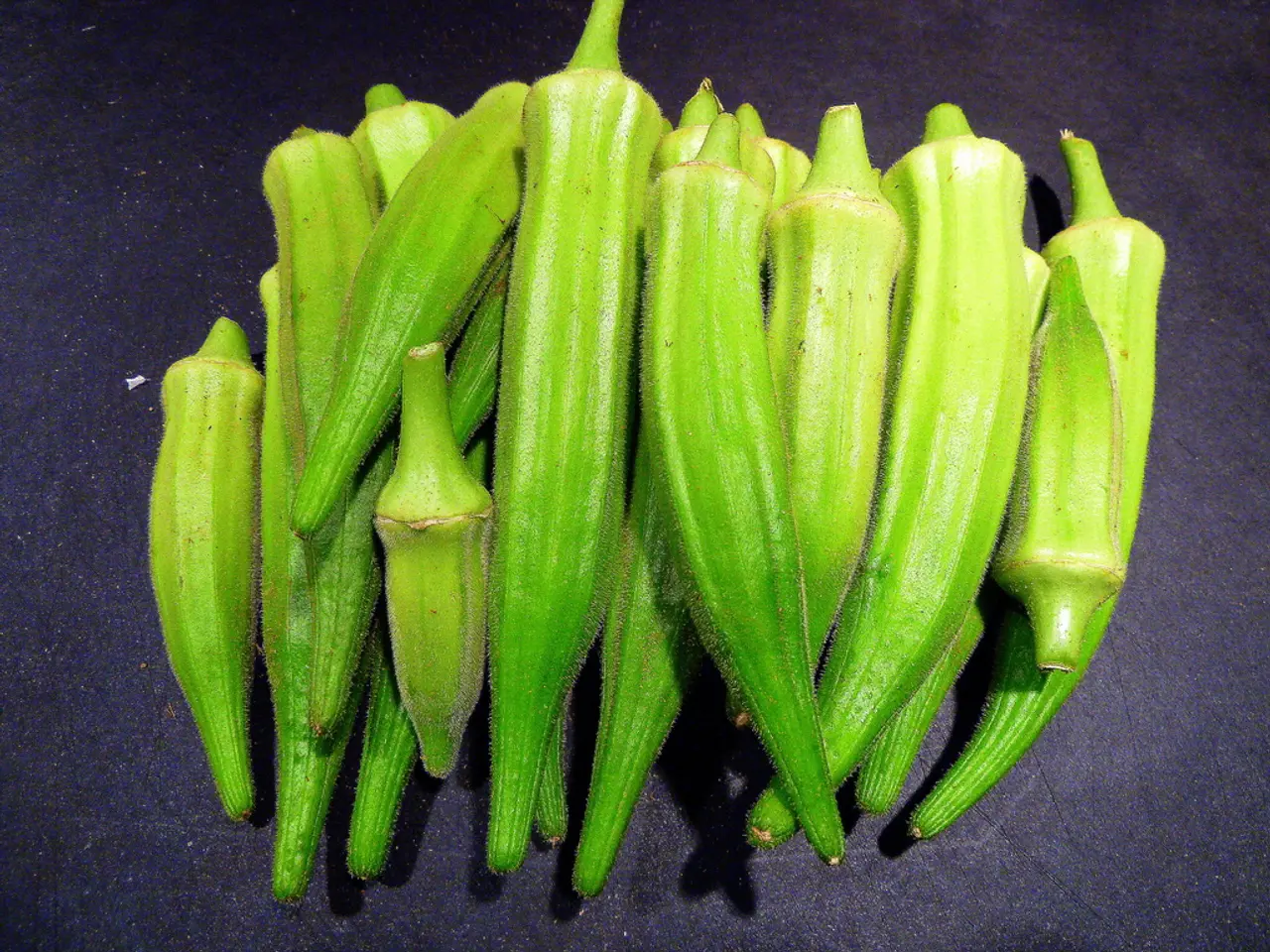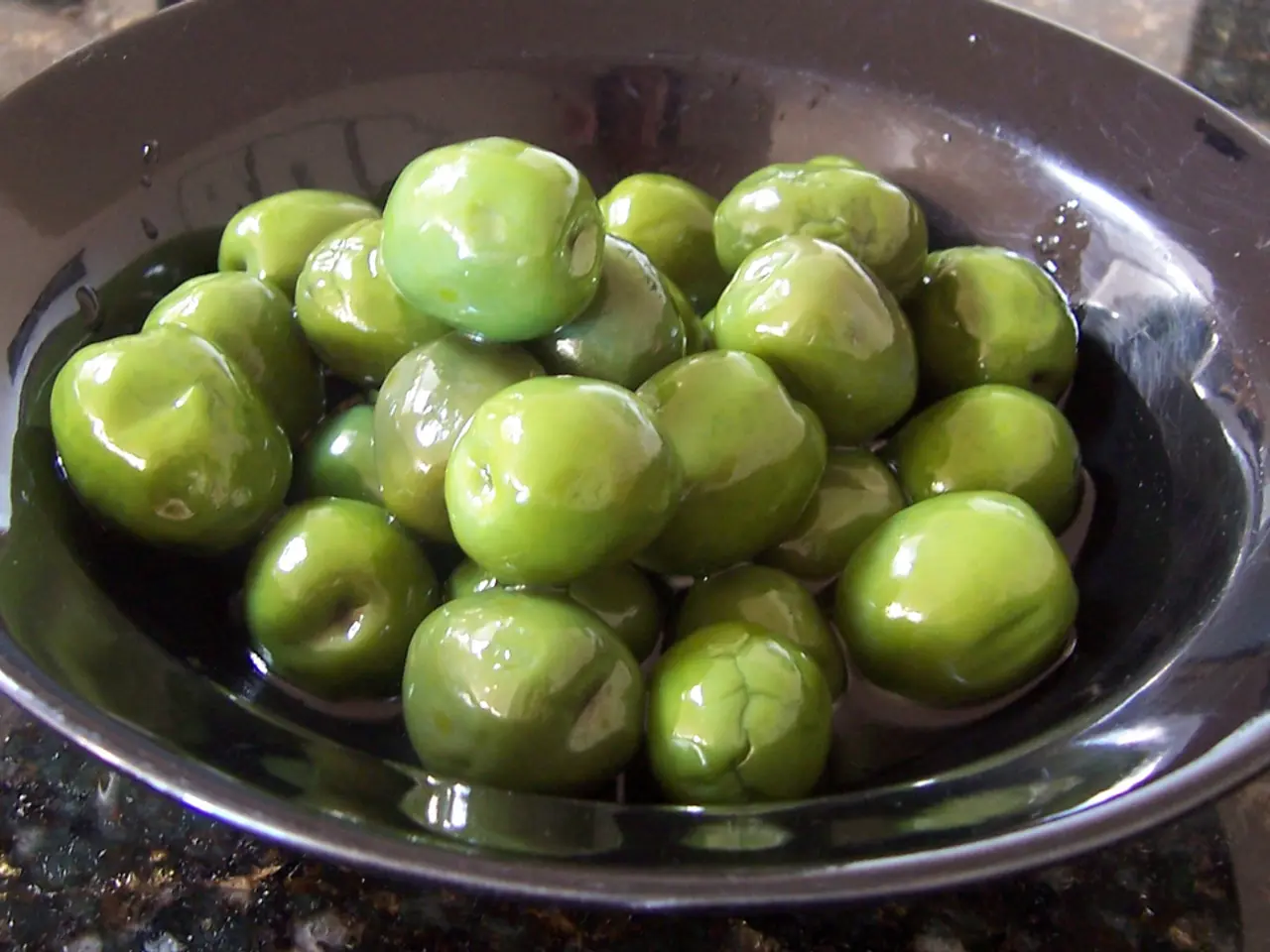Joint discomfort in fingers: Root causes, telltale signs, and remedial measures
Finger sprains and strains, common injuries that often occur during everyday activities or sports, can be effectively treated using a combination of initial care, protection, and rehabilitation. The primary approach to managing these injuries is the RICE therapy, which stands for Rest, Ice, Compression, and Elevation.
In the initial phase of treatment, the injured finger should be rested to prevent further damage. This means avoiding activities that aggravate the condition. Ice packs or cold compresses should be applied to the finger for about 15-20 minutes several times a day during the first couple of days. This helps reduce swelling and relieve pain. Compression can be achieved using a bandage or finger wrap, which reduces swelling and provides support. Elevating the finger above heart level when possible also helps minimize swelling.
Protection and immobilization are crucial, especially in the early phase of injury. Taping the injured finger to an adjacent healthy finger (buddy taping) or using a custom-made splint can protect the finger and allow healing. For some injuries like mallet finger, continuous splinting of the fingertip in extension is crucial.
Pain management and anti-inflammatory measures may also be necessary. Over-the-counter pain relievers and anti-inflammatory supplements can assist in reducing pain and inflammation.
Once swelling and acute pain subside, physiotherapy plays a key role in the rehabilitation process. Manual therapy techniques are used to improve joint mobility, reduce stiffness, and soften restrictions around the finger joints. Range of motion exercises, strengthening exercises, proprioception and coordination training, and a gradual reintroduction of sport- or activity-specific drills with attention to technique and proper support are all part of the rehabilitation process.
It is important to note that if pain or dysfunction persists beyond initial treatment or worsens, medical consultation is necessary to rule out more severe injuries and to receive tailored interventions. Conditions such as diabetic neuropathy, rheumatoid arthritis, tenosynovitis, ganglion cysts, arthritis, osteoarthritis, tumors, Dupuytren's contracture, tendonitis, and cancerous or non-cancerous tumors in the soft tissue, bones, ligaments, or finger tendons may require different treatments.
Lifestyle changes, such as weight loss, can help prevent finger joint pain by reducing stress on the joints. Supportive devices, like braces and walkers, can help relieve stress on joints in the hands and fingers. In some cases, surgery may be required to repair or replace joints affected by severe injuries or conditions.
In conclusion, the RICE therapy provides a foundation for subsequent rehabilitation to regain full function and strength in the affected finger. However, it is essential to seek medical advice if symptoms persist or worsen to ensure proper treatment and recovery.
- if a person has diabetes, they might experience diabetic neuropathy causing finger pain, which requires medical attention.
- Obesity puts stress on joints, including those in the fingers, potentially leading to joint pain and discomfort.
- Some types of arthritis, such as rheumatoid or osteoarthritis, can cause pain and stiffness in the fingers, necessitating medical interventions.
- Apart from finger sprains and strains, medical-conditions like tenosynovitis or Dupuytren's contracture may also affect the fingers, requiring specific treatments.
- In the case of a tumor in the soft tissue, bones, ligaments, or finger tendons, a predictive scan and medical consultation would be essential to determine the nature of the growth.
- Depression and pain are interlinked, and any persistent finger pain might contribute to feelings of depression or anxiety, reinforcing the importance of proper treatment.
- During the rehabilitation process, fitness-and-exercise, like range of motion exercises and strengthening exercises, help improve joint mobility and reduce stiffness in the fingers.
- In some severe cases, ankylosing spondylitis, a form of inflammatory arthritis, can impact the spine and also the smaller joints like those in the fingers, necessitating long-term management.
- The science behind joint pain and health-and-wellness maintains that maintaining a healthy weight can help reduce stress on the fingers, preventing potential joint pain.
- Atopic dermatitis, a type of eczema, might affect the skin around fingers, leading to itchiness, discomfort, and possibly, a carpal tunnel-like condition caused by inflammation and swelling in the wrist.




